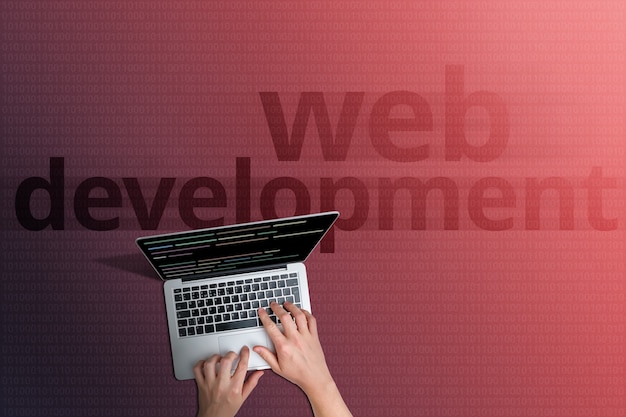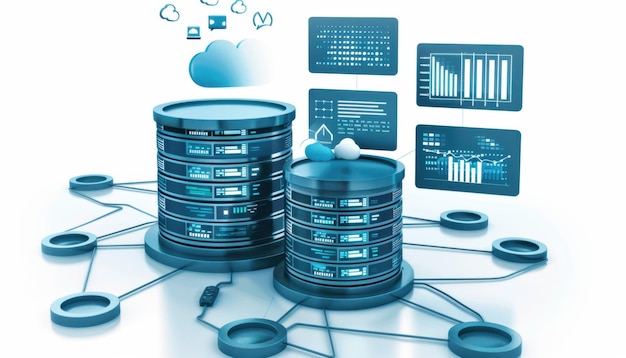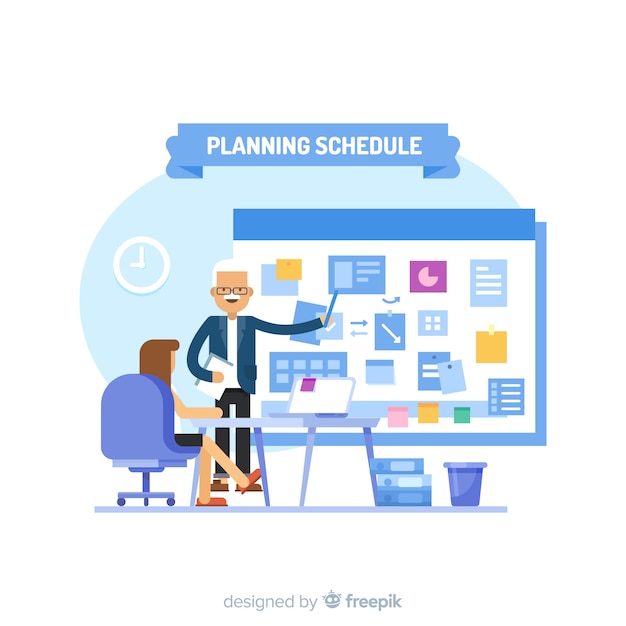Today Wi-Fi is everywhere essentially in those places where people tend to gather like coffee shops, libraries, airports. This is quite convenient to people as it allows them to connect to internet without using their mobile data. But here a question arises, is it really safe to use? Let’s look closely at why this might not be such a good idea when using public Wi-Fi.
What Public Wi-Fi is?
First, let’s talk about what public Wi-Fi is. Basically, it is some sort of wireless internet available for use to everyone. Unlike your home Wi-Fi, which is secured with a password, public Wi-Fi is usually open and does not require people to enter a password to connect. While this makes it easier for people to get connected to Wi-Fi and use it, there are also associated risks.
Risks Associated with Public Wi-Fi
There are some of the major risks which people must be aware of as they connect to a public Wi-Fi.
Security Concern
One of the major risks that occur with public Wi-Fi is that it might not be secure. Anytime you log onto a public Wi-Fi network, usually you are sharing that network with hundreds of other people. Therefore, your data—like websites you visit or anything you enter—can potentially be seen by others on the same network. In other words, hackers are people who try to steal information from others. They may try to capture vital personal information like passwords or credit card numbers.
Data Snooping
What’s dangerous about using public Wi-Fi connections? You sit in a café, and it is free; now, if you are not careful, a hacker might be on that Wi-Fi, watching what you’re doing right now. They could see every website you go to, what you type in, and what you send in a message or email. They could steal your identity or even your money.
Phishing Attacks
Another danger with public Wi-Fi is that it’s much easier for hackers to create fake Wi-Fi networks. For example, you could be sitting in an airport and see a Wi-Fi network that says, “Airport_Free_WiFi.” That might sound like the official one, but it could have been put up by a hacker trying to lure people to log into it. Once you’re connected to that fake network, the hacker might be able to see all that you’re doing online.
Important Tips TO Avoid Public Wi-Fi Risks
Do these simple things to logins on public Wi-Fi, use a VPN, turn sharing off, keep your software updated, only access secure websites, forget the network after use, and use two-factor authentication.
1- First, try not to log in to important accounts such as your bank account or email, when you’re on public Wi-Fi. Not all public Wi-Fi networks are secure, so if you need to access something sensitive in nature, then it would be best that you wait until you are connected to a private network. A private network, like the one you might use at home, is usually password-protected and less likely to have hackers preying on it.
2- Another line of defence would be using a VPN. VPN stands for Virtual Private Network. It creates an encrypted, private link between the user’s device and the internet. To put it another way, even if someone tries to view your activity on the internet, they can’t read your data. Consider it as sending all your information through a secret, secure tunnel. Most people log onto VPNs whenever they are going to use public Wi-Fi so as to secure their online activities.
3- Another vital step is to turn off sharing while using public Wi-Fi. Most devices will have settings that allow sharing files, photos, and other information with other devices. While on public Wi-Fi, it is wiser to turn these sharing options off. This prevents others who may be using the same network from accessing your files and helps in keeping your information private.
4- Keeping your software up to date is also very important. Usually, an update of the operating system and apps is received. In most cases, it also contains security patches and improvements. Such updates normally safeguard your device against new threats and vulnerabilities. Keeping your software updated all the time will enhance online safety by protecting it against probable security problems.
5-Whenever you visit a website, always look for “https” as part of the Web address. The “s” in “https” stands for secure and means the website uses encryption to protect your data. That’s like putting your info in a locked box so that only the person it’s intended for can open it. Don’t type sensitive information, such as passwords or credit card numbers, on any website that doesn’t have “https” in its address.
6- After using public Wi-Fi, make sure to forget that network. This means, in layman’s terms, it won’t again connect to that Wi-Fi next time you’re around the same spot. Forgetting a network prevents the device from auto connecting to insecure or unsafe networks in the future.
7- Finally, consider two-factor authentication. This simply means that you’re adding one more step in security while logging into any online account. That may be a code sent to your phone or another piece of information which you will have to provide in addition to your password. Even if they get your password, they’ll still need this extra code to get into the account. Two-factor authentication makes it very hard for hackers to get into your accounts.
8-You’ll also want to know the signs that a public Wi-Fi network isn’t safe. Slow speed or trouble connecting could be indicative of something wrong. Keep these things in mind at all times, and always follow your instincts when on public Wi-Fi.
Conclusion
While public Wi-Fi is very convenient, you do take risks with it. The biggest risk associated with the public Wi-Fi network is that the information may be hijacked by hackers who are targeting to steal your information. Keeping yourself safe by avoiding logins to crucial accounts as much as possible, using a VPN, turning off file sharing, keeping software updated, access only to secure websites, forget the network after use, and consider implementing two-factor authentication. Follow these steps to confidently connect via public Wi-Fi, and make your information more secure.




